Crisp’s latest, data science-ready AI Blueprints put your retail data to work for assortment optimization, demand forecasting, distribution expansion, and more.
Today’s retail and supply chain environment demands faster, smarter decisions. Brands can no longer afford to react late. They must anticipate problems, act quickly, and stay ahead of disruptions.
That is why Crisp is expanding its AI Blueprints catalog with a new generation of purpose-built models. Each AI Blueprint is designed to help CPG brands shift from reactive reporting to proactive, data-driven decision-making, powered by their own retail data.
Here is a closer look at our latest additions, built to drive measurable business impact.

Assortment Optimization: Maximize every inch of shelf space
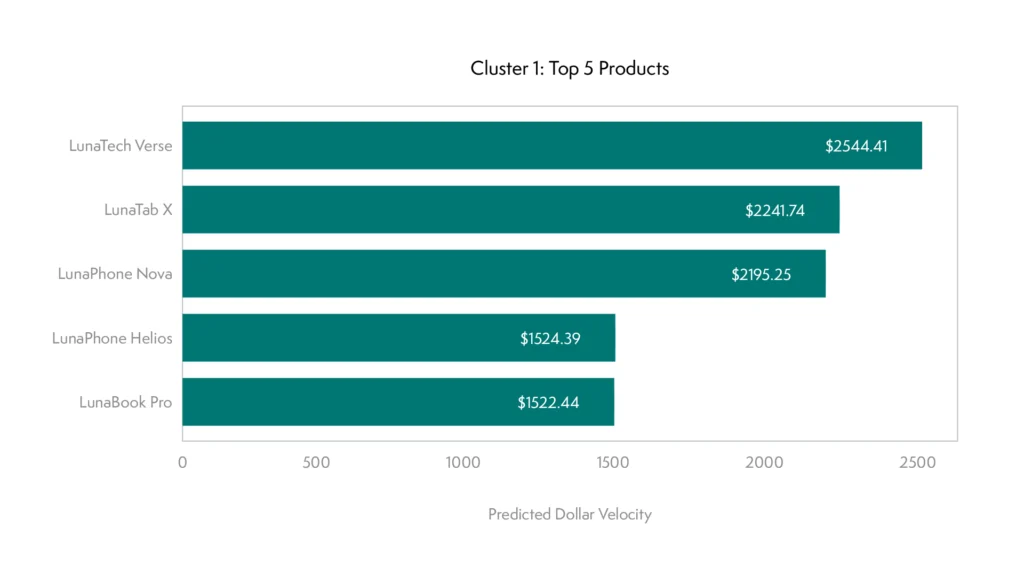
Assortment planning is a science that balances variety with efficiency. An oversized or misaligned assortment can slow down inventory turns, inflate costs, and miss the mark with shoppers.
- What it does: The Assortment Optimization Blueprint uses real-time sales data to cluster similar stores, apply custom business constraints (like SKU caps), and recommend which items to add, keep, or remove by cluster. The result is a localized assortment strategy that balances performance with operational efficiency.
- How it helps: Crisp clusters similar stores by data-driven sales insights, not assumptions, and applies business constraints (such as limiting SKU count per store cluster). It suggests items to add, keep, or remove, to maximize shelf performance across clusters.
- Example: A frozen snack brand could use the Assortment Optimization Blueprint to identify underperforming SKUs within high-traffic clusters and adjust offerings accordingly. Simultaneously, the brand can also identify local favorites to expand, increasing both sales velocity and operational efficiency.
- Expected outcome: Higher sales per square foot; Increased inventory efficiency; Streamlined logistics and store operations

Demand Forecasting: Plan inventory with precision
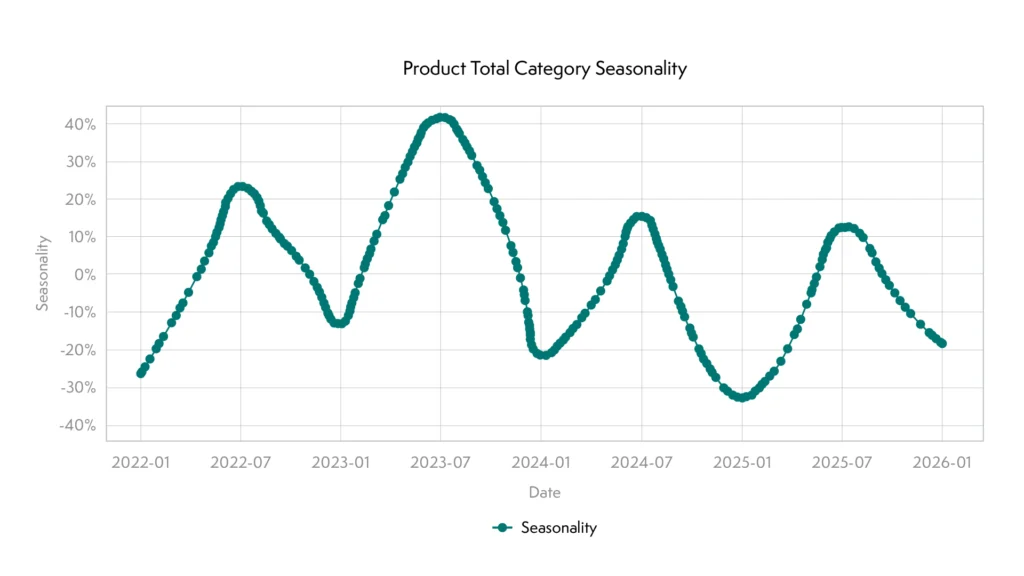
Traditional forecasting methods struggle with retail volatility and miss key external drivers, leading to costly over- or understocking.
- What it does: Uses a Prophet model (forecasting technology), layered with CPG-specific engineered features like holidays and regional seasonality to predict future SKU-level demand.
- How it helps: By combining time series modeling with retail context variables, this Blueprint delivers multi-levels of aggregation to forecast across different time frames without requiring a dedicated data science team.
- Example: A ready-to-drink beverage brand prepping for a summer launch can use the Demand Forecasting model to predict sales lift, adjust production timelines, and optimize warehouse staging at a regional level.
- Expected outcome: Lower stockout rates; Reduced inventory carrying costs; Higher forecast accuracy and alignment across teams
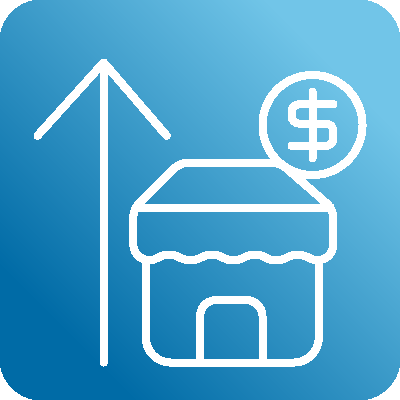
Distribution Expansion: Pinpoint where to grow next
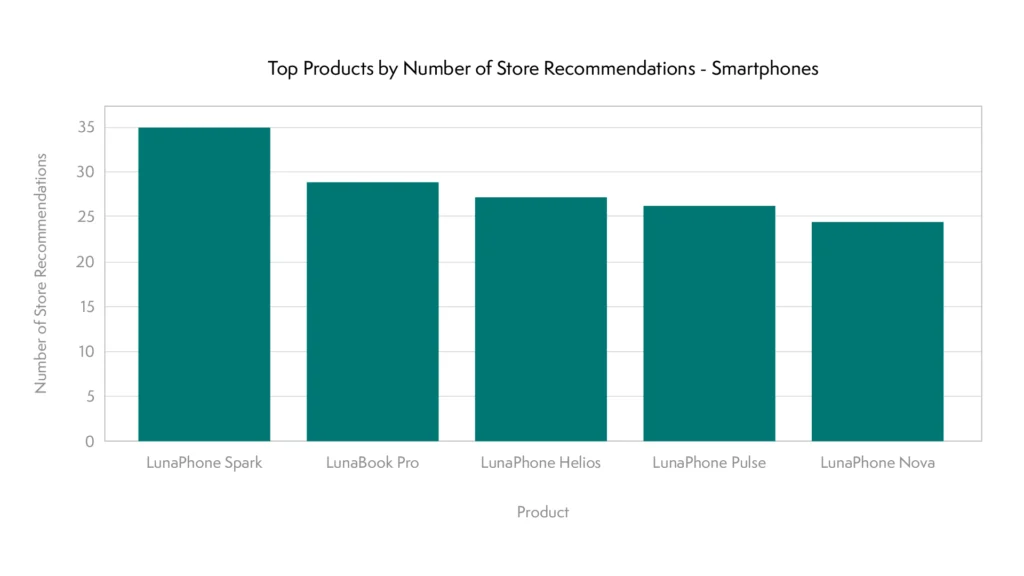
Many distribution growth strategies rely on intuition or category reports rather than retail data, leading to less than fruitful sales efforts.
- What it does: Identifies gaps in the distribution of your best-selling products to identify high-potential stores and regions for expansion.
- How it helps: The Distribution Expansion AI Blueprint systematically detects stores where your high-performing products are not present, arming sales teams with high-confidence expansion targets.
- Example: A supplements brand can prioritize its field sales team on stores with the strongest category demand but missing SKUs, accelerating time-to-shelf and growing market share faster.
- Expected outcome: Faster time-to-value on new store placements; Higher return on sales investments; Targeted, efficient expansion efforts

Extreme Weather Impact: Build a more resilient supply chain
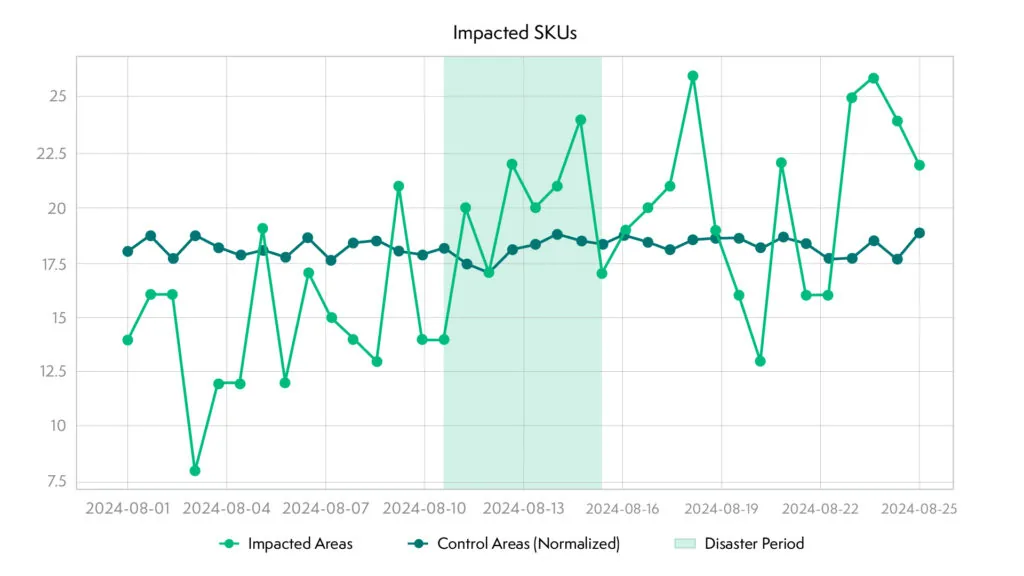
Extreme weather events can quickly destabilize retail supply chains, causing stockouts, strained partnerships, and missed sales opportunities.
- What it does: Quantifies the impact of past extreme weather events on sales and inventory, and provides recommendations for pre-positioning inventory ahead of future disruptions.
- How it helps: This Extreme Weather Impact Blueprint correlates historical sales and inventory movements with major weather events, allowing brands to forecast likely outcomes and build contingency plans, including lead time and inventory adjustments.
- Example: A skin care brand can simulate the impact of winter storms by region, identify vulnerable SKUs and DCs, and proactively stage inventory where needed, reducing disruption.
- Expected outcome: Reduced stockouts during weather events; Improved disaster recovery planning; Stronger customer loyalty through reliable product availability
Take strategic action today with Crisp AI Blueprints
Whether fine-tuning assortments, planning for peak periods, targeting high-opportunity stores, or strengthening supply chain resiliency, this new phase of Crisp AI Blueprints helps brands leverage their valuable retail data forsmarter operations every day.
Each AI Blueprint model operates directly on your real-time data, providing fast, actionable insights without the overhead of building custom models internally.
And this is just the beginning. New Blueprints are continuously in development to help you solve the next generation of retail challenges.
Ready to unlock faster, smarter retail decisions? Book a demo of Crisp and check out all of our AI Blueprints today.